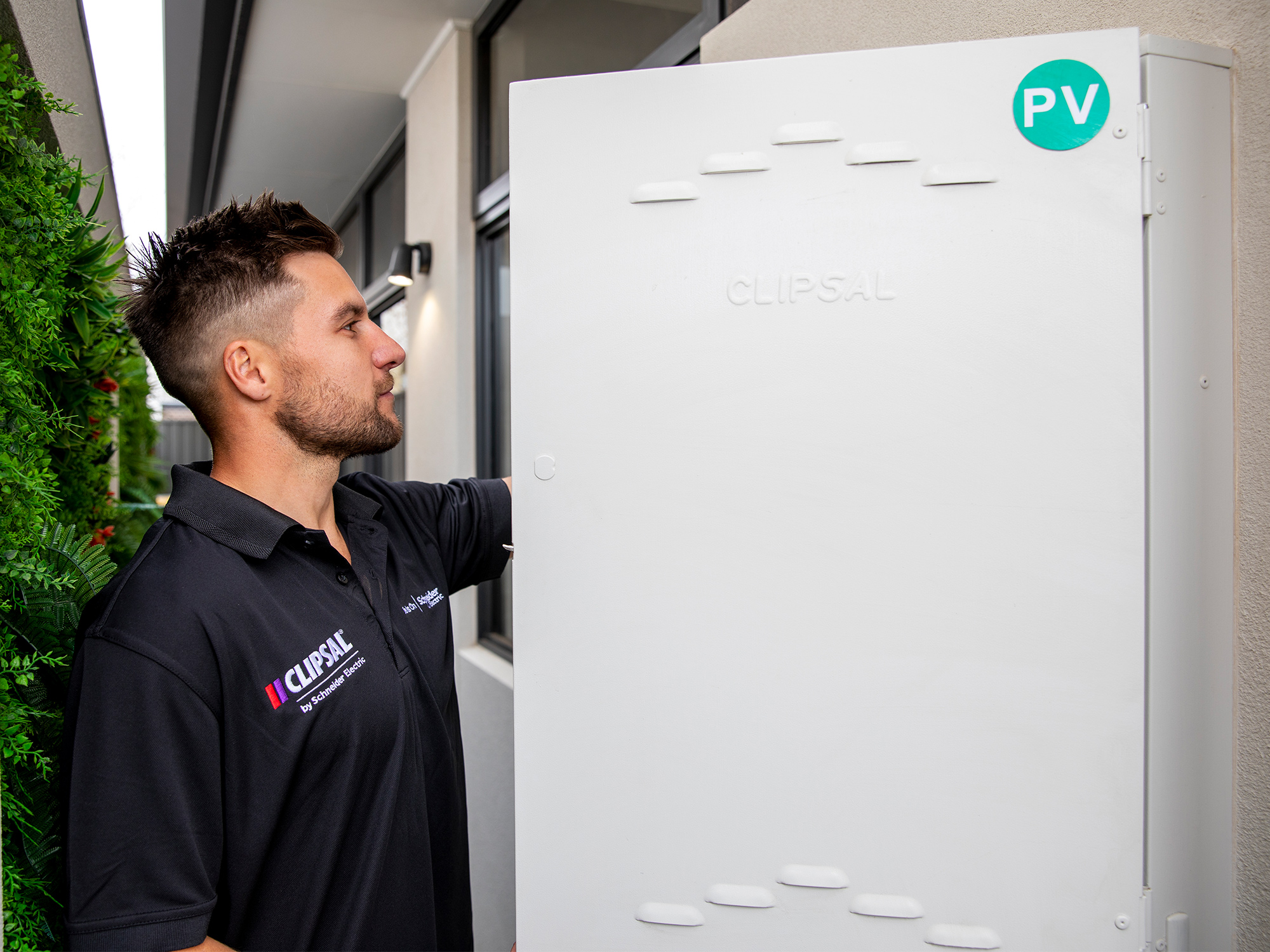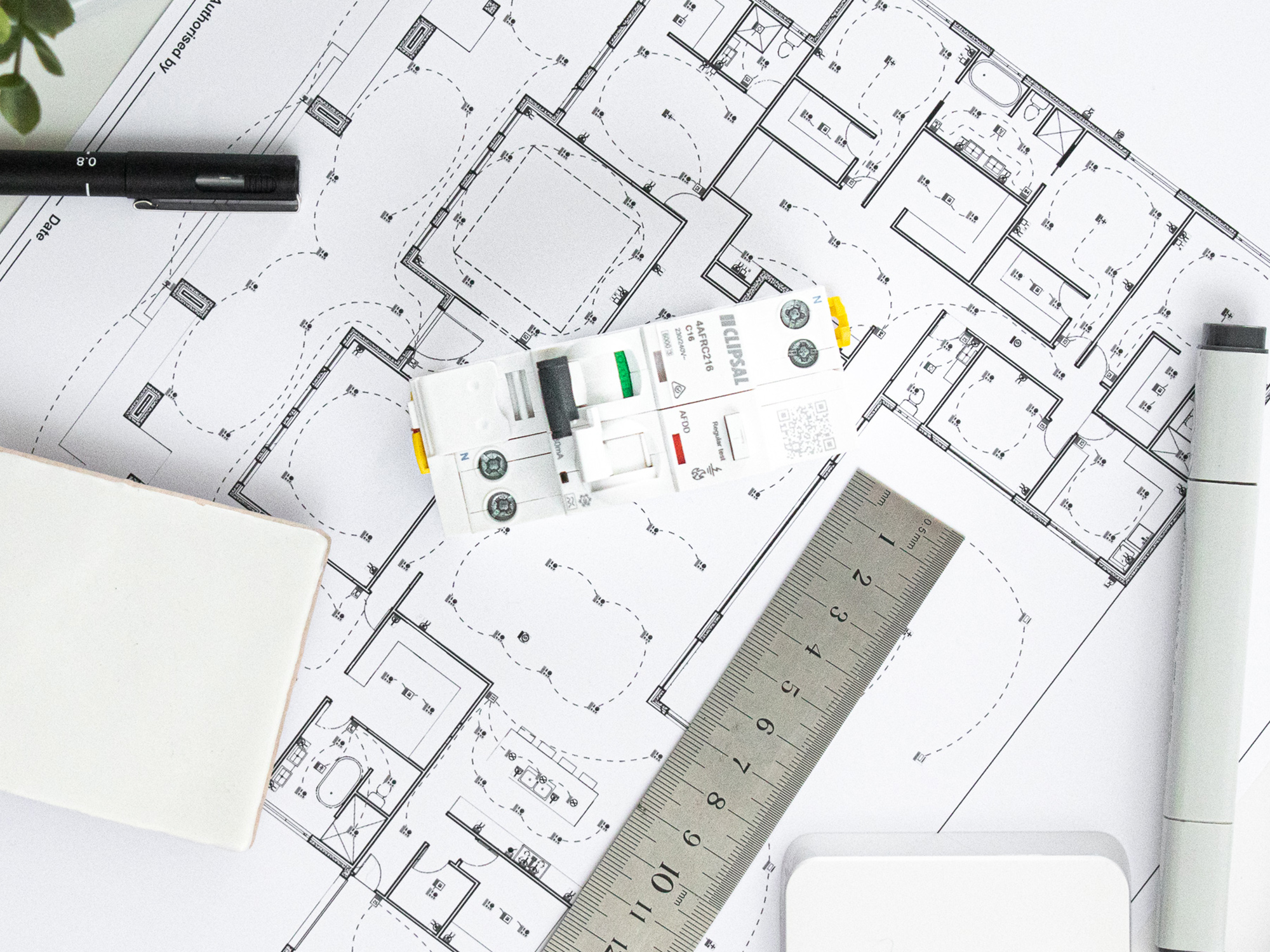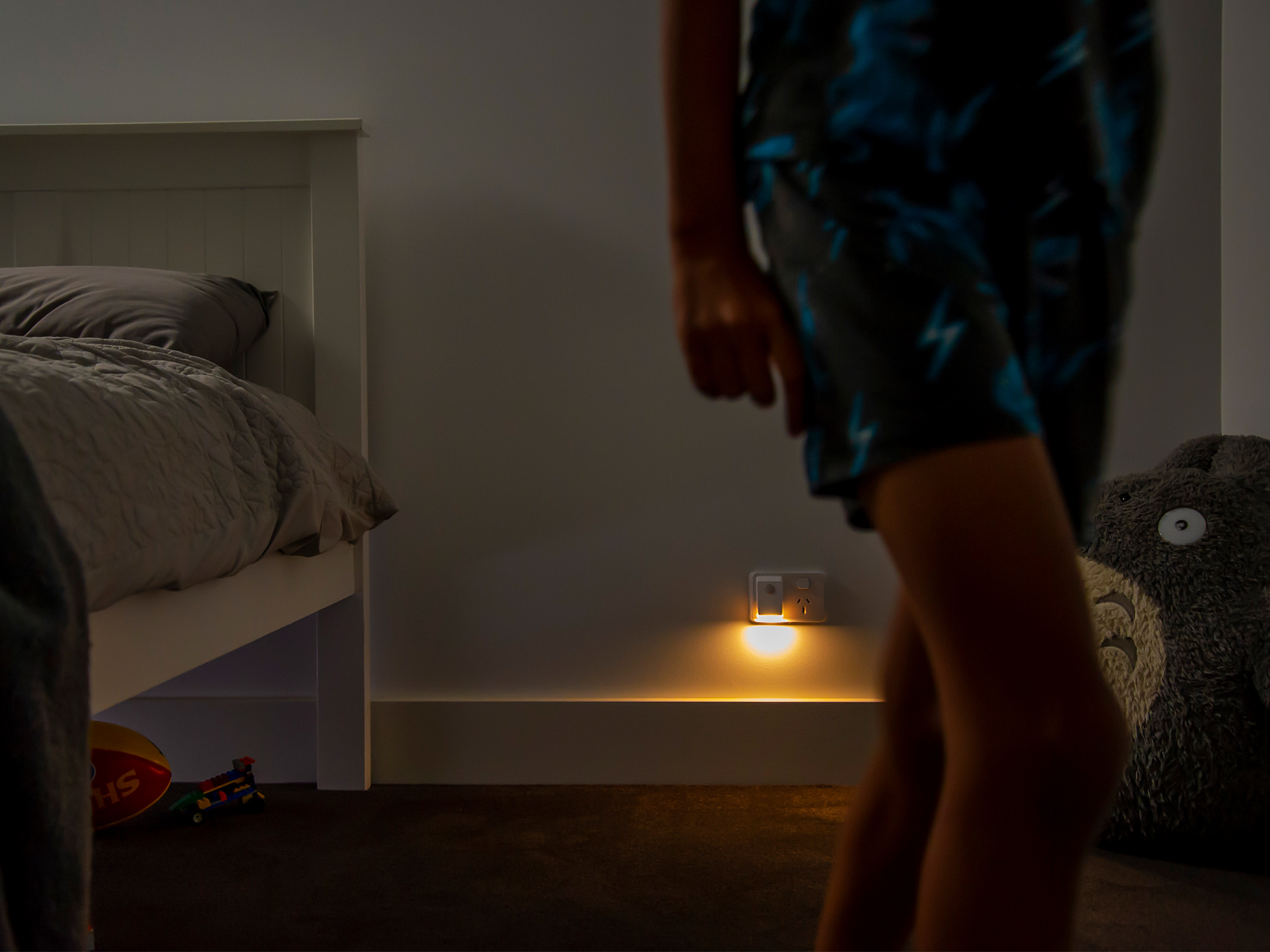6 electrical must-haves to help keep your household safe

You may think frequently about updating the aesthetics of an old home, but have you thought about its safety features?

How protected is your home? Picture: realestate.com.au/buy
If updating your home electricals is the furthest thing from your mind, you may want to pay attention.
“I think the problem is that a switchboard is generally outside of your home and then we have an ‘out of sight, out of mind’ mentality,” Clipsal‘s Vineet Chaudhary tells realestate.com.au.
“But people don’t realise this box is the most important part of a home from a safety perspective. It is basically the brain and nervous system to your home.”
In order to better protect your home’s ‘nervous system’ consider these six electrical features designed to improve the safety and security of your home.
1. Safety switch
According to Vineet, there are three stages to household electrical safety: the first protects people, the second protects the home itself and the third protects your appliances.
The safety switch is geared at protecting numero uno: yourself and your family.

If your home was built before 2018, it may be time to give your electrician a call.
Safety switches, or Residual Current Devices (RCD), must be installed on your switchboard to prevent current leakage, which can potentially cause electrocution if it finds its way through human body and then to earth. When a RCD detects a leak, it will shut down the electrical stream.
As of 2018, these safety switches are mandatory in all new builds or substantial renovations.
“The unfortunate thing is that there are still about three million homes in Australia which don’t have RCD protection,” Vineet says.
2. Photoelectric smoke alarm
Following the example of smoke alarm regulations in Queensland, Clipsal recommends having a minimum of one smoke alarm on each floor of your home, ideally one in each bedroom and having them all interconnected.
“Normally smouldering fires are the most the common and high risk fires in homes,” Vineet explains. “For a smouldering fire you need to have photoelectric smoke alarms because they are more reliable in detecting larger particles of smoke.
“They can give you early indication, before the fire starts flaming. As you lose your sense of smell while sleeping, early warning of a smouldering fire will allow more time to escape. Other types of smoke alarms may not be able to detect smouldering fires as quickly.”
3. Arc Fault Detection Device
The Arc Fault Detection Device (AFDD) helps detect damaged cables or loose wiring that could cause electrical fires.
“If there’s an Arc fault happening in your ceiling or behind a wall, you can’t see it,” Vineet begins. “You can only see it after the fire has started or the smoke is coming out, which is unfortunately a bit too late.”

Arc Fault Detection Devices can help protect your home from electrical fires that may start inside your ceiling or walls.
“The AFDD fits in your switchboard and is continuously looking for signs of arc faults that may be happening, like loose connections in your electrical network or because of damage to cables.”
How could damage occur? The cables may just be old and deteriorating, or there could be rodents chewing on them. Eek.
The good news is that in countries where AFDDs have been deployed, cases of electrical fires have come down.
4. Surge protection
We can’t predict a power surge, which is why we need reliable protection if and when it happens.
Most households will use surge-protecting power boards, but this doesn’t cover everything.
“In the average Australian house, there are around $15,000 worth of electronics or other appliances,” Vineet says.
“Homes are getting smarter day by day: your washing machine and your fridge are all smarter because they have more electronics built in to them. Most people don’t plug these big appliances into a board with surge protection, and even if they do, the protection is limited.”
A single surge protection device fitted to your switchboard can more effectively protect all of your devices in the event of a surge.
5. Indoor sensor lights
Both indoor and outdoor sensor lights can help protect your home, as well as its inhabitants.
Products like the Night Walk sensor light help those inside the house simply by providing unobtrusive, hands-free lighting to help you get around at night.

Indoor sensor lighting is a simple step towards better safety at home.
For instance, if you or your kids get up in the night to go to the bathroom, a sensor light plugs into the wall and is triggered by movement. This way, you don’t have to fumble for light switches or wake people up with bright lighting.
6. Outdoor security lighting
Well-lit homes tend to deter intruders, which is why many opt for outdoor security lighting.
Opt for Sunset Lighting, which is triggered to automatically turn on as the sun goes down.
“These are the more efficient way of turning your outside lights on,” Vineet explains. “Instead of turning the lights on and leaving them on all night or all day, you can install these devices to turn them on and off via motion detection or as the sun sets or rises.”
Very handy, especially if you’re due for a holiday this summer season.
All uncredited pictures supplied by Clipsal.
The post 6 electrical must-haves to help keep your household safe appeared first on realestate.com.au.
